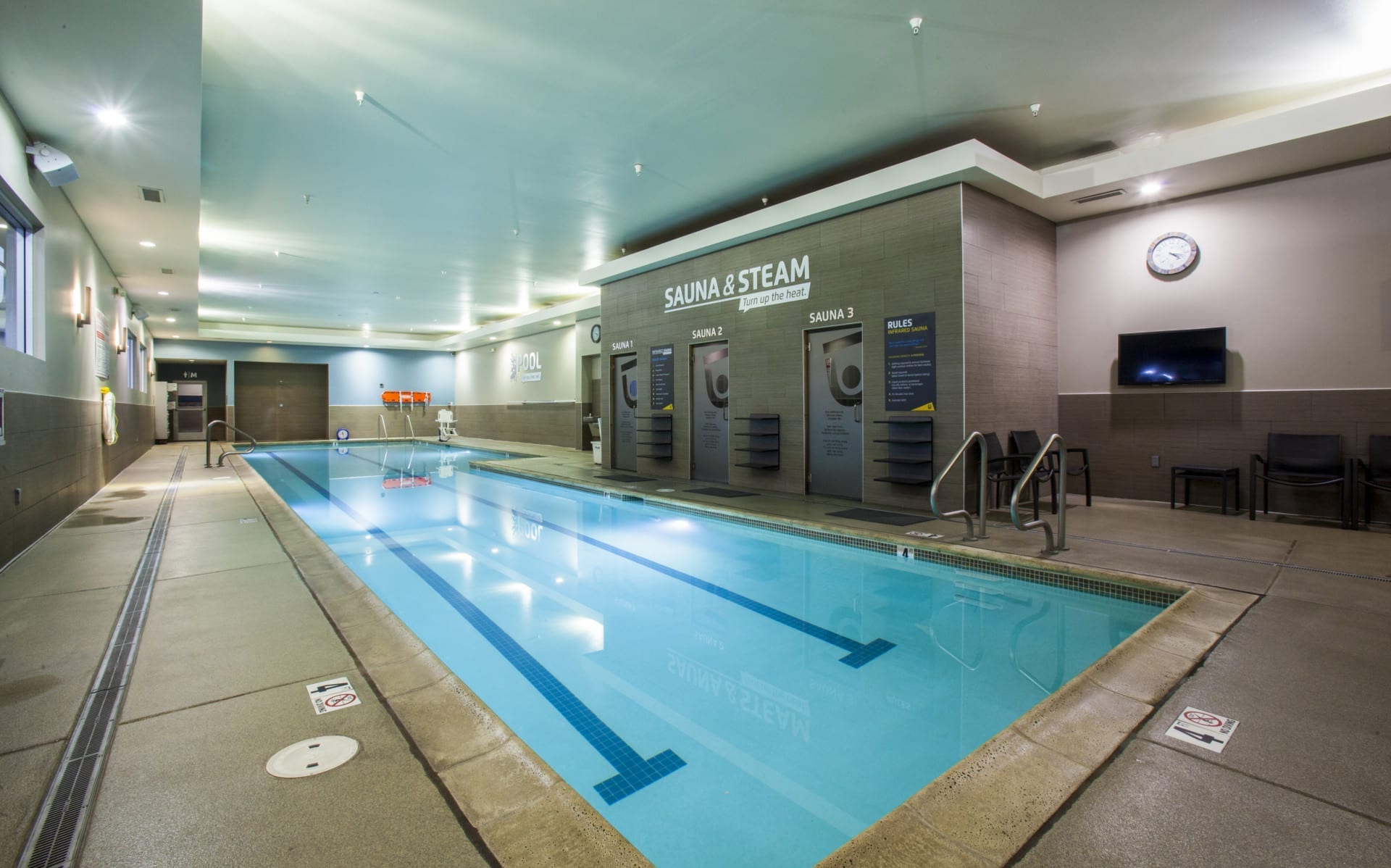Dialysis is a medical procedure that helps to remove waste and excess fluid from the blood when the kidneys are no longer functioning properly. Dialysis Centers in Manila ensure that kidney damage is treated to lessen its health risks. There are different types of dialysis, and each one has its unique advantages and disadvantages. In this article, we will discuss the different types of dialysis and how they work.
Hemodialysis
Dialysis centers widely use hemodialysis as a critical treatment for individuals with end-stage kidney disease (ESKD) globally. It involves the use of a dialyzer, an artificial kidney, to imitate the functions of a healthy kidney. Waste products and excess fluid are extracted from the blood by the dialyzer, providing patients with life-saving treatment similar to that provided by a healthy kidney.
The Process
To perform hemodialysis, a pathway to the patient’s bloodstream must be established. Typically, a fistula connecting an artery to a vein in the arm is surgically created. Alternatively, a synthetic tube may be implanted between an artery and a vein to form a graft. If necessary, a catheter can be temporarily inserted into a large vein in the neck or groin until a fistula or graft is established.
After creating the access point, the patient is linked to the dialysis machine. Blood is drawn from the access point and flows through specialized membranes in the dialyzer. These membranes filter out waste products and excess fluids from the blood while maintaining vital nutrients and electrolytes in the bloodstream.
Peritoneal dialysis
Dialysis centers administer peritoneal dialysis, which uses the patient’s peritoneum. A thin membrane lining the inside of the abdomen, peritoneum filters the blood. A surgically implanted catheter pumps a solution called dialysate into the abdomen. The dialysate draws waste and excess fluid from the blood through the peritoneum and into the solution. Following this, the dialysate is replaced with a fresh solution after several hours. Patients often receive treatment every day, and peritoneal dialysis can be performed at home.
Continuous renal replacement therapy (CRRT)
Dialysis centers administer continuous renal replacement therapy (CRRT) to critically ill patients who require ongoing removal of waste products and excess fluids from their blood. CRRT is frequently used to treat patients with acute kidney injury (AKI) resulting from severe infections, burns, or injuries. Additionally, CRRT is used for patients with chronic kidney disease (CKD) who cannot tolerate the rapid shifts in fluid and electrolytes that accompany traditional hemodialysis.
Dialysis Technology
CRRT involves the use of a machine that continuously filters the patient’s blood over 24 hours. The machine is connected to the patient through a catheter that is placed in a large vein, usually in the neck or groin. The catheter is then connected to a dialysis machine that contains a special filter known as a hemofilter. The hemofilter is designed to remove waste products and excess fluids from the patient’s blood while maintaining appropriate levels of important electrolytes and nutrients.
The Process
In CRRT, the patient’s blood continuously circulates through the hemofilter, where it undergoes filtration and is then returned to the body. This continuous process facilitates a gradual removal of waste products and excess fluids from the blood, which is particularly advantageous for critically ill patients who cannot tolerate the rapid fluid and electrolyte shifts that occur with traditional hemodialysis.
A critical care team generally performs CRRT in an intensive care unit. The treatment is administered continuously for 24 hours and dialysis machine adjustments are made as necessary, based on the patient’s clinical condition and laboratory values.
Slow continuous ultrafiltration (SCUF)
Slow continuous ultrafiltration (SCUF) provides a type of dialysis that is used to remove excess fluid from the body in patients with fluid overload. SCUF accesses patient treatment. Moreover, the process typically start in the intensive care unit and involves using a machine to remove excess fluid from the bloodstream over several hours.
Hemofiltration
During hemofiltration, the medical staff uses a filter to actively remove waste products and excess fluid from the patient’s blood. The blood is directed through the filter where the fluid component of the blood is separated from the cellular component. The filtrate, which contains the waste products and excess fluids, is then removed from the body while the blood cells are returned to the patient’s bloodstream.
Doctors often recommend hemofiltration as a continuous treatment process for critically ill patients who are unable to tolerate traditional hemodialysis due to rapid fluid and electrolyte shifts. Hemofiltration may also be used to treat acute kidney injury (AKI) or chronic kidney disease (CKD) patients who experience fluid overload or electrolyte imbalances. During hemofiltration, a filter is used to remove waste products and excess fluid from the blood in a continuous process, helping to improve the overall health and wellbeing of patients suffering from kidney disease.
Key Takeaway
In conclusion, different types of dialysis can be used to treat patients with kidney failure. Each type of dialysis has its unique advantages and disadvantages, and the choice of which type of dialysis to use will depend on the patient’s individual needs and medical condition. If you or a loved one is considering dialysis, be sure to discuss all of the available options with your healthcare provider to determine which type of dialysis is right for you.










